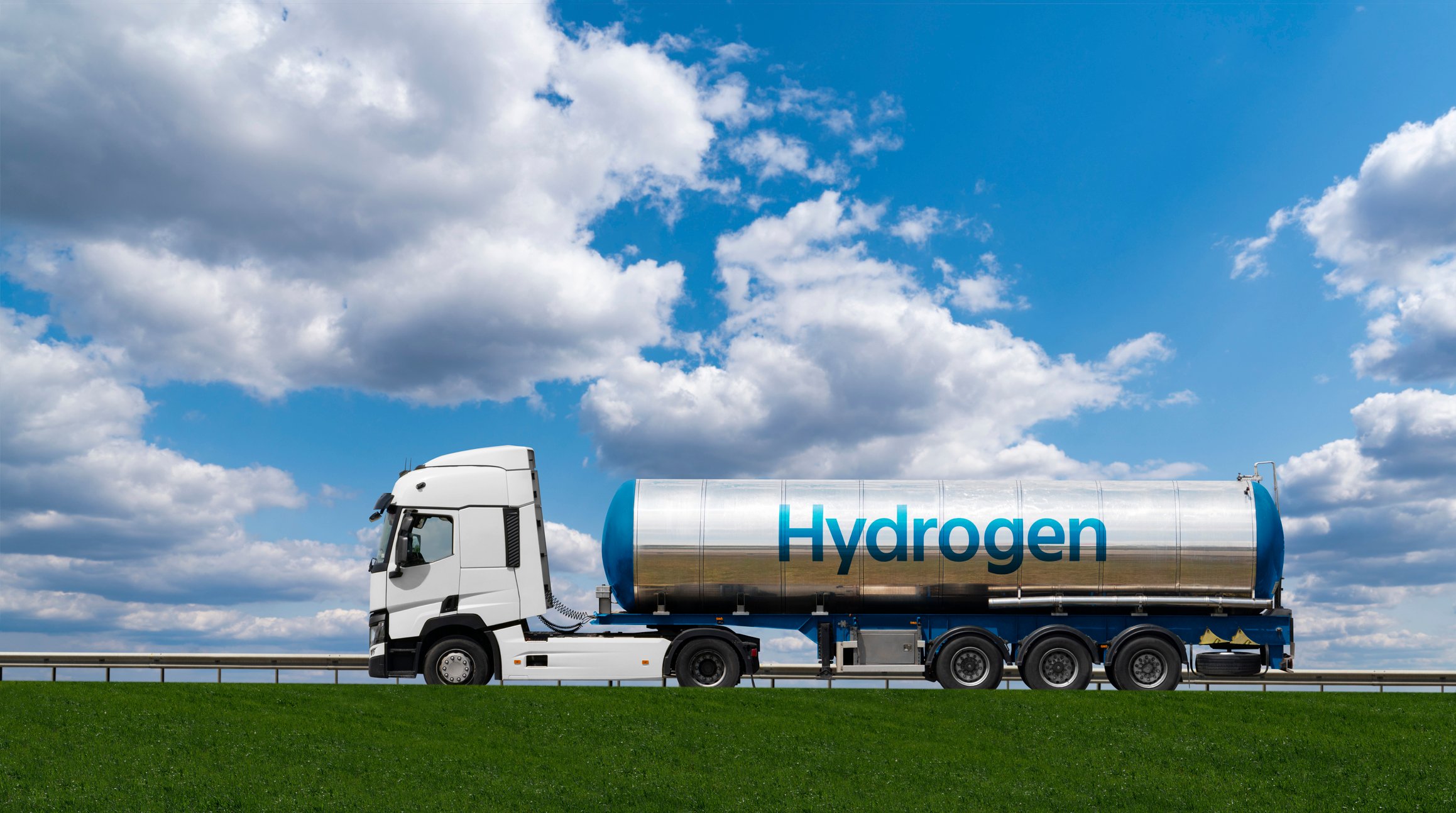Today, the world tends to look at solar energy with a fairly narrow view. Solar companies put up solar panels on roofs, in fields, or in deserts and send electricity to the electric grid. That energy is intermittent, depending on when the sun is out, and fundamentally can't provide a base source of electricity for the grid.
But why does the view of solar energy need to be so narrow? Why not rethink energy as we know it, creating energy when it's cheapest and saving it for the time it's demanded by the market? That's where energy storage comes in. Simply put, it could reshape solar energy for many decades to come. Here are five technologies to watch:

Tesla Motors' Powerwall could address conflicts between solar producers and the grid. Image source: Tesla Motors.
Lithium-ion batteries
When you think of energy storage for solar energy you probably think of lithium ion batteries, like the Powerwall and Powerpack Tesla Motors (TSLA 2.05%) is now building. The idea is simple enough: build a large bank of batteries that can store electricity from the sun for use at night or on a cloudy day.
Tesla Motors isn't the only one betting on batteries, either. Multiple gigafactory scale manufacturing plants are being built worldwide by companies like BYD, LG Chem, Samsung SDI, and more. This will likely be the first big energy storage technology, but it probably won't be the last.
Flow batteries
We know that lithium-ion batteries work on a small scale (think phones and computers), but it may not be the best way to store energy for large-scale electric systems. That's why companies like General Electric (GE 0.75%) have been working on flow batteries. A flow battery turns electric energy into chemical energy and back again. The chemical can then be stored for later use at a much larger scale than lithium-ion batteries.
Flow batteries are actually similar to the way a rechargeable battery in your remote works, just on a much larger scale. Right now, flow batteries are in need of further research and testing before being launched on a large scale but they have the potential to be a great large-scale energy storage technology.
Liquid cooling
GE made an investment in Highview Power Storage last year, a start-up that's using liquid air to store energy. When air is cooled to -196 degrees Celsius it turns into a liquid and 700 liters of air can be stored in 1 liter of space. The advantage is that this doesn't require complex chemicals for storage -- it just requires insulated stainless steel tanks.
When the energy is needed, it is warmed and expands, powering a turbine to produce electricity. This wouldn't be a technology to use for fast-acting energy needs, but for storing large amounts of energy, it could be a great option.

Hydrogen fuel could be the future of energy. Image source: ITM Power.
Hydrogen
In theory, the best energy storage medium in the world is hydrogen. It's a very abundant chemical, it's benign if it leaks, and it's fairly easy to turn water to hydrogen and then hydrogen to electricity.
The problem with hydrogen as a storage source is that it's inefficient and not very cost-effective today. So, batteries have caught on more quickly. But long-term hydrogen is still a highly attractive option for solar energy. ITM Power recently completed a project turning wind to hydrogen for vehicle fueling and energy storage, which could apply to solar projects as well. In theory, projects like this could store energy in hydrogen for months and even transport it around the country. Whether that happens remains to be seen.
Demand response
Maybe the easiest way to incorporate solar electricity to the grid seamlessly is through demand response, but it's still a relatively small component of the electric grid today. Demand response would allow the utility to have customers reduce demand when solar plants aren't producing energy and increase demand as they are. Demand could work on everything from small rooftop systems to large solar power plants.
Right now, the way utilities normally adjust to solar energy output is through spinning reserves at natural gas plants. But demand response could make the whole network more efficient and work directly with solar power plants.
Demand response is also a way battery companies like Tesla Motors are trying to make money from energy storage. A Tesla Motors project I visited in California was testing demand response this summer, and it may be a big revenue generator for the company's batteries in the future.
The opportunity for solar
The reason solar energy could be affected by energy storage more than any other source of energy is the way solar energy is created. Calculations from the Land Art Generator Initiative show that it would take just 115,000 square miles of solar energy, about the size of Arizona, to replace all energy sources used in the world today -- all oil, gas, coal, propane, etc.
Building that much solar wouldn't be trivial, but it's well within the realm of possibility in a decade or two. But there would be a need to store that energy and save it for later use. That's where the technologies above come in, and if they live up to their potential, it could change energy forever.







